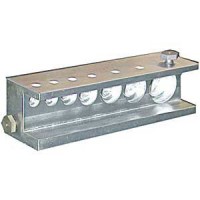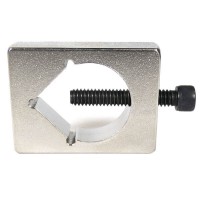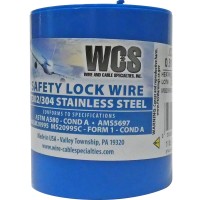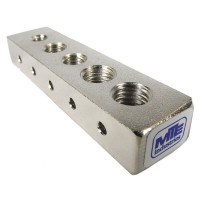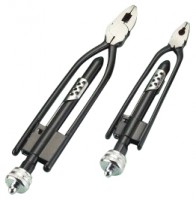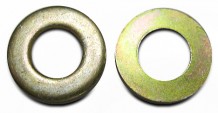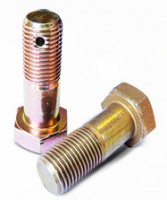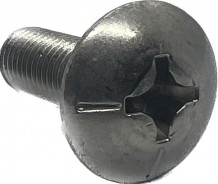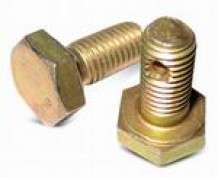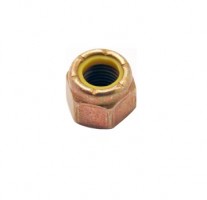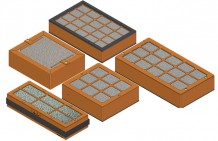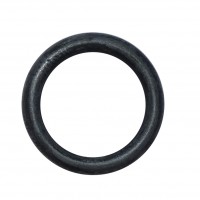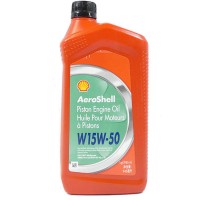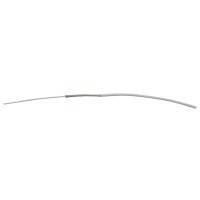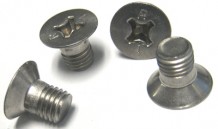- JUMP TO
- Overview
- Features
- Reviews
- Q&A
- View in Catalog
Overview
|
Designed to enable safety wire holes to be drilled through the head of bolts or through nuts, across the diagonal. Designed to accept up to 3/4 inch diameter nut. Easy to use. Nut Saf-T-Blok requires that the nut or bolt be placed into the "V" groove, tighten down the holding screw, drill and deburr.
Note: Used for HEX Bolts: AN/JIC Fittings. |
WARNING: Cancer and Reproductive Harm - www.P65Warnings.ca.gov. |
Features
- Easily drill safety wire holes in bolt heads and nuts across the diagonal.
- Accepts up to 3/4 inch diameter nuts or bolt heads.
- Simply place the bolt head or nut into the vee groove, tighten down the holding screw, then drill and de burr.
- 1/16 inch or a 5/64 inch cobalt drill recommended
Reviews
Much higher quality than similar items I’ve purchased elsewhere.
Nut Saf-T-Blok
Nut Saf-T-Blok
Well made, simple to use
Nut Saf-T-Blok
Bitchen buy it wished I had one 30 years ago, thank you kindly. Safety wireed up right !!!
Nut Saf-T-Blok
Simple and effective. Wire up the things they didn’t but should have!
I looked all over for one of these that wasnt made of cheap pot metal and had some good reviews. This one had no reviews but I figured one from an aircraft supply company couldnt be BAD, right? I was completely correct. Build quality feels solid, Ive already drilled dozens of holes in very small nuts (also works for bolts, but youll be doing corner holes, same as in the nuts), always coming out clean and straight. one side is 1/16, the other is 5/64. for the purposes Im using (motorcycle bolts) I suggest 0.032 wire, which fits perfectly in 1/16th holes. Make sure youre using a cobalt or better drill bit and go slow with lots of backing out to clear the bit. Overall, for my purposes of moderate/light amounts of bit drilling, this was great. as long as you mount it in a vise, a hand drill will do the job as well, but a drill press will certainly be faster.
Q&A
Please note, Aircraft Spruce ®'s personnel are not certified aircraft mechanics and can only provide general support and ideas, which should not be relied upon or implemented in lieu of consulting an A&P or other qualified technician. Aircraft Spruce ® assumes no responsibility or liability for any issue or problem which may arise from any repair, modification or other work done from this knowledge base. Any product eligibility information provided here is based on general application guides and we recommend always referring to your specific aircraft parts manual, the parts manufacturer or consulting with a qualified mechanic.


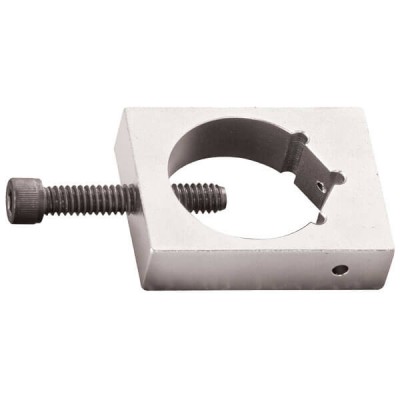





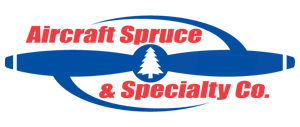 FREE Shipping
FREE Shipping

